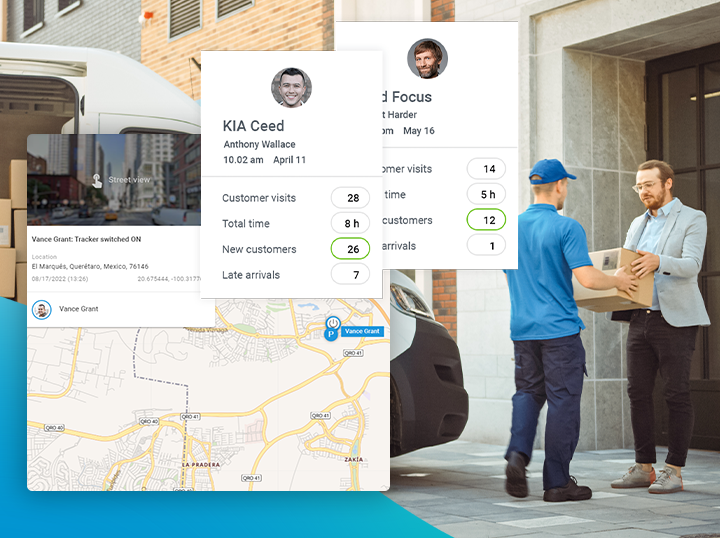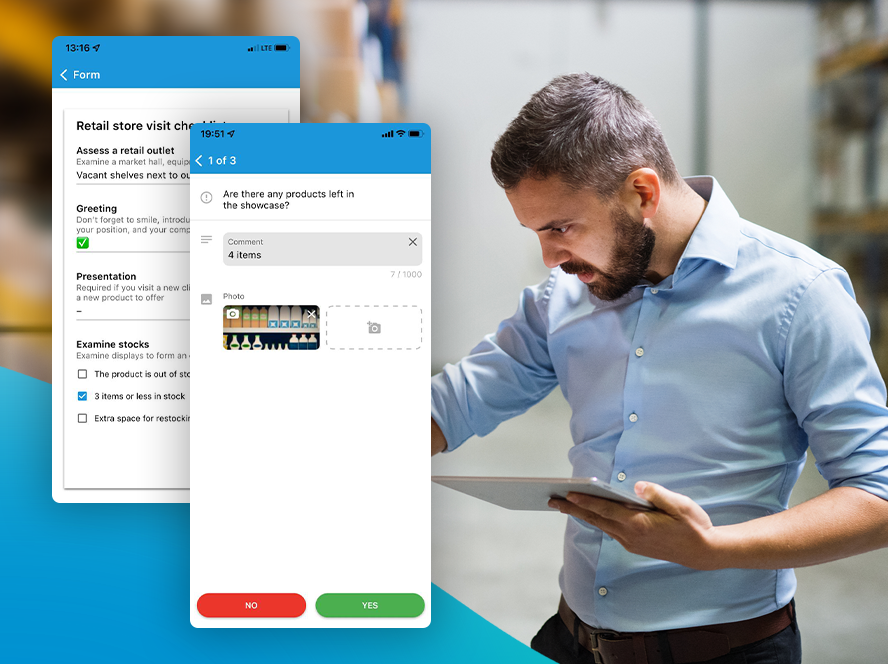Small last mile delivery businesses can learn from the e-commerce giant to gain the competitive advantage they need to align with customer expectations, all while cutting costs and reducing emissions in the process.
Amazon is notorious for having emerged as the largest player in e-commerce since the early 90s, and since then it has grown to influence just about every way that people shop online around the world.
Not only does Amazon influence shopper behavior setting the benchmarks for customer expectations about how and where they buy things, but the company also dominates the search market for product-related content. To be exact, Amazon holds a 54% market share for product searches. “In other words: Amazon, not Google, is the most popular ecommerce search engine in the world.”
Given the outright dominance of Amazon in the ecommerce space, you might think it’s impossible to compete. But from a supply chain logistics perspective — especially for the ever-important last mile — small last mile delivery businesses can gain the competitive advantage.
Amazon is changing the game for last mile delivery again
A new era of last mile delivery is among us, at least as far as customer expectations are considered. More than ever before, customers are prioritizing their delivery options over the speed of delivery.
Yeah, you read that right: customers may prefer slower delivery times if they have more delivery location options available to them.
Customers want delivery options, not just fast shipping
In a study from UPS, there is a rising global trend among customers who prefer alternate delivery locations and customers who currently use alternate delivery locations. Over 50% of all customers (and over 70% in some geographic areas), have an “interest in shipping to alternate location[s] with extended hours for reduced fees,” especially in urban areas.
When Amazon launched Amazon Day, they gave subscribers the option to choose the day they prefer their items be delivered. So rather than making multiple stops per week to a customer’s location, Amazon will make only one stop every week.
The effort by Amazon is to reduce the amount of trips they make in order to curb carbon emissions for the highest polluting segment of the supply chain. And although the Amazon logistics network is huge, it still represents a small fraction of the combined logistics systems for small and medium-sized businesses (SMB) around the world.
If SMBs adopt similar sustainable delivery practices, the combined effort would result in a notable reduction of carbon emissions produced by the last mile delivery market around the globe, and at the same time, customer expectations for when and how they receive their packages can be met — a win-win for everyone.
Last mile delivery optimization means everything for small last mile delivery businesses in 2021
Imagine cutting your fleet by 20% and still delivering according to the expectations of your customers while simultaneously reducing carbon emissions. Not only does it have a huge impact on your business’s bottom line, but you’re growing your business while becoming more sustainable. These efforts go completely against the all-too-common misconception that sustainability practices cost businesses money.
In 2021, 77% of Americans are concerned about the environmental impact of products they buy. People simply want the companies they support to take action by implementing processes and programs that help the environment. Many of them are even willing to pay more.
Before solutions like B2Field, it was either too complicated to implement or too expensive for small businesses to get the tools they needed to improve the convenience and speed of their deliveries.
Still, in the era of affordable software, an overwhelming amount of small last mile delivery businesses plan their routes manually, which takes hours. With B2Field, you can plan the most efficient routes automatically, in just minutes.
This is why last mile delivery solutions for small businesses are so important. Last mile software solutions for SMBs, like B2Field, help businesses plan better routes faster, which results in the ability to deliver more packages in less time while saving fuel. With the power of built-in reporting and analytics, business managers and other stakeholders can view up-to-the-minute results to track progress over time.
We’re in the age of affordable software that can be purchased by almost anyone, so there’s no good reason why small last mile delivery businesses should continue to struggle with manual route planning that ultimately costs the business time and money when it can be done better with B2Field.
So what should last mile delivery companies do now?
- Respond to customer demands — brands that fight for and implement sustainable practices see an increase in customer loyalty
- Implement more flexible delivery experiences — follow the lead of the biggest ecommerce company in the world and improve the post-purchase customer experience while you’re at it
- Adopt B2Field last mile delivery software — planning more efficient delivery routes is the first steps to streamlining last mile delivery operations to cut costs while delivering more and using less fuel to do it, which further reduces greenhouse emissions
Want to learn more about how B2Field last mile delivery solutions help SMB delivery businesses thrive? Check out our website.






















